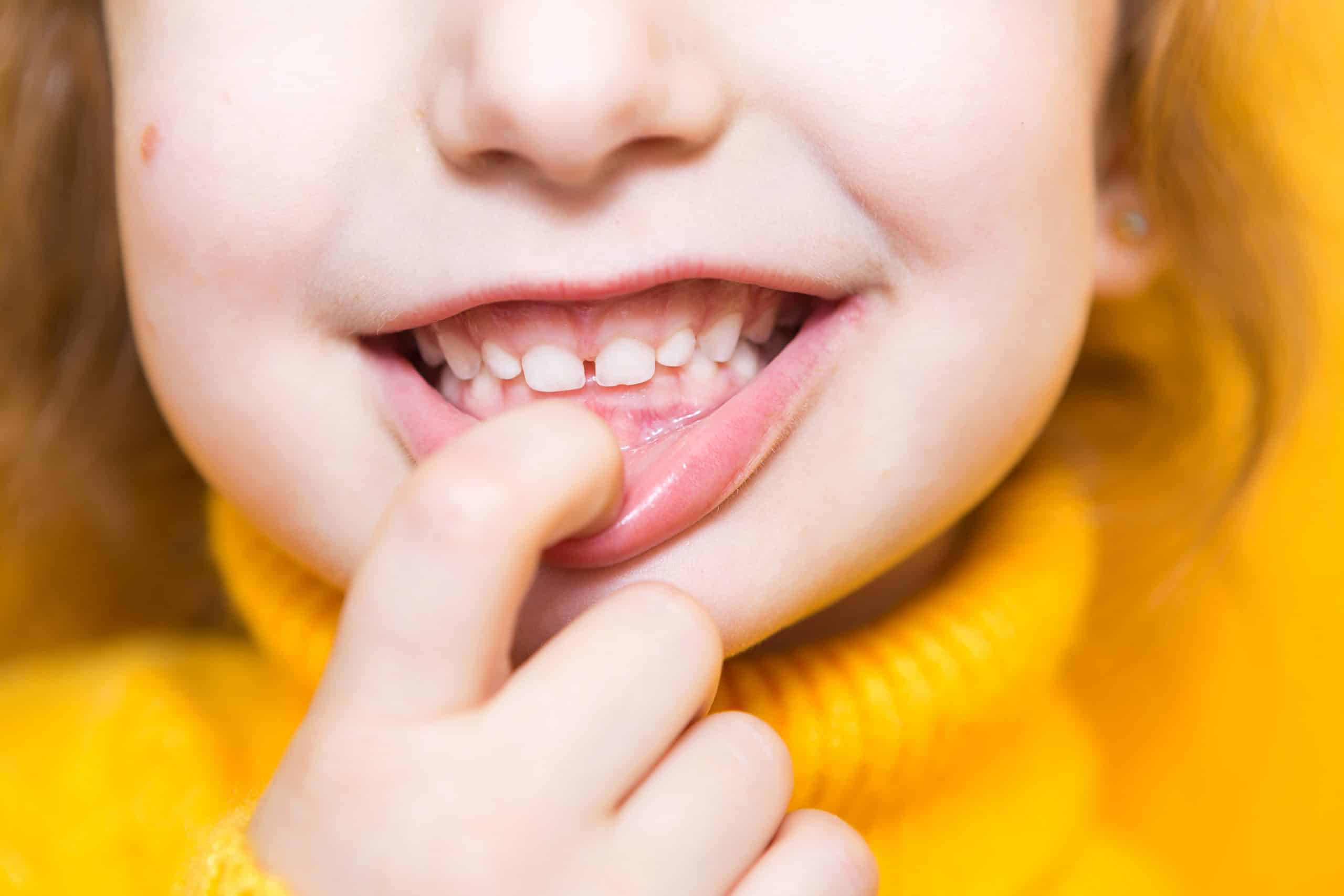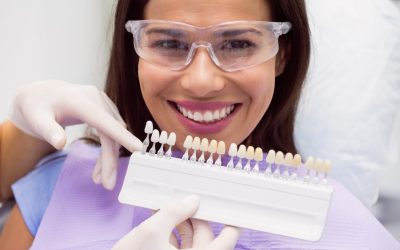A healthy mouth is the gateway to general health and particularly so since the mouth generates a large amount of bacteria and some of them are potentially dangerous to our general health. Malocclusion of teeth is an oral health problem that is widely prevalent across the globe. If your teeth are not perfectly aligned inside the mouth and signs of crowding are visible you must see a competent dentist to correct the teeth malocclusion. You should also know that treatment options for malocclusion consume time and some patients may need to wear aligners or braces for a long time. Some of the factors that will impact the treatment duration include the severity of your problem, teeth distance, the health of your teeth, bone, and gum, working space in your mouth, and following instructions meticulously. Let us now dive into the types of malocclusion, its causes, and the treatment options that you can explore.
Malocclusion is not a disease, but rather a variation of normal dental development that requires care and attention for optimal function and esthetics.- Peter Ngan, Orthodontist.
What is Malocclusion of Teeth?
Malocclusion is a medical terminology that refers to misaligned teeth and can trigger several oral health issues like overcrowding, crossbite, and underbite/overbite. Misaligned teeth can make routine oral functions like chewing, biting, and even speaking troublesome. In addition to being an oral/cosmetic problem, malocclusion can also trigger digestive issues. When your bite is significantly affected, you may not chew your food properly triggering digestive problems. Catching the issue early on and consulting a competent orthodontist is the key to getting the oral problems corrected and regaining your general health.
What are the different types of Malocclusion?
Your orthodontist will examine dental X-rays to determine how your teeth are aligned and arrive at the type of malocclusion you are suffering from. Typically, malocclusion types are divided into 3 classes and the symptoms for these classes are different. In some instances, there may be no pain while the pain can be very severe in other cases. Among the three classes of malocclusion identified, class I malocclusion is the most common type and is subdivided further into 3 types. In this class, the upper teeth overlap the lower teeth and misalignment may not be severe you may not experience any problems with your bite. Underclass 1 malocclusion type 1 refers to your teeth leaning towards your tongue, type 2 refer to your lower teeth leaning towards your tongue and the upper teeth sticking out, and type 3 refers to your upper teeth leaning towards your tongue with significant crowding.
Class 2 is more severe
Class 2 malocclusion which causes the upper teeth to protrude from the lower teeth is considered more severe. In this class, you will have a smaller jaw. Immediate treatment is needed to correct this situation to prevent further worsening of the condition and your orthodontist can provide permanent treatment for the condition. Further, this condition is sub-divided into two classes where the upper teeth lean towards your lips and the upper central incisors are sticking towards your tongue
Class 3 malocclusion
Class 3 occlusion relates to underbite where the lower teeth protrude from the upper teeth and the condition represents a lower jaw that is larger and is reckoned as a reason for the class 3 occlusion occurrence. Class 3 occlusion is also further demarcated under 3 types where type I refer to the left teeth forming an abnormal arch, type 2 refers to the lower teeth leaning towards your tongue, and type 3 where the upper teeth lean towards your tongue with an upper arch that is abnormal.
The causes of Malocclusion or improper bite
In most cases, malocclusion is inherited but can also be triggered by habits that contribute to changes in the shape and structure of your jaw. Little or no room for teeth eruption is among the most common causes while prolonged use of pacifiers, thumb sucking, injuries and trauma, airway obstruction, mouth tumors, impacted tooth, and poor oral hygiene are among the other contributing causes.
Malocclusion symptoms
The symptoms of malocclusion will depend on the type of affliction and range from mild to severe and include:-
- Misaligned teeth
- Difficulties with speech
- Biting tongue and cheek
- Problems with breathing through the mouth
- Biting or chewing difficulties
- Change in facial structure
Treatment Options for Malocclusion
Different types of treatment are offered for malocclusion depending on the type of your problem, intensity, and complexity. Misaligned teeth are cosmetically unattractive and people are always looking for ways to get them corrected. The following are among the treatment options available.
Braces
Braces are the earliest and most trusted method for treating malocclusion. Depending on how severe your condition is, your orthodontist may recommend metal braces, ceramic or lingual braces.
Invisalign
Invisalign aligners are transparent and you can remove them while eating but should be worn for a minimum of about 22 hours every single day. Similar to braces, Invisalign can also straighten your smile apart from treating multiple types of malocclusions.
Surgery
Rarely, your orthodontist may recommend surgery to treat your malocclusion and this generally happens when correcting inherited jaw issues is involved or a major jaw fracture that has remained unhealed needs to be addressed.
Removable devices
In modern times, an increasingly popular method of treating malocclusion is removable devices such as retainers. These devices can be custom-made to suit your teeth structure and jaw and the duration of treatment will depend on the intensity of the problem you have.
Finding the Right Orthodontist
In today’s digital world, finding the right orthodontist should be pretty easy unless you are living in a remote town. Expert and experienced orthodontists are available in most Canadian towns and cities and you can connect with them with great ease.
Conclusion
If you are diagnosed with malocclusion, consult an orthodontist early on and start the treatment. This will potentially help you with a shorter duration of treatment and therefore lower expenses.




